Itinerary edited by UNIVERSITY OF SIENA 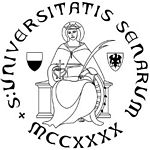

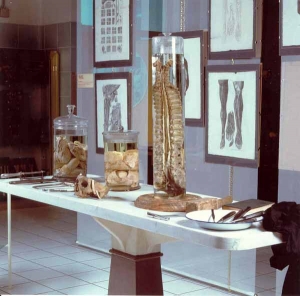 The Anatomical Museum "Leonetto Comparini" preserves collections of particular scientific interest, gathered since the end of 18th century for medical students didactic use.
The Anatomical Museum "Leonetto Comparini" preserves collections of particular scientific interest, gathered since the end of 18th century for medical students didactic use.
In this contest, we have chosen to concentrate above all, on the collection of ancient scientific tools, and illustrate one of the fundamental aspects of the teaching of Anatomy, particularly heartfelt in Siena: "the deep conviction that Anatomy is the base of Medicine,and should mainly be learned on human corpses." Siena,on the other hand is the hometown of Paolo Mascagni, who focused his activity on experimental dissection and on microscope observation.
 The most representative objects of the collection
The most representative objects of the collection

Over time the typology of anatomical operating tools has remained practically unchanged, except for a few functional details, while the new methods of sterilization and technological progress have determined a
radical change in the tool's materials.
In fact with the start of XX century the tools' handles in wood, ebonite, ivory and turtle or in nickel and silver, disappear and are replaced by stainless steel and chromed metal. Go to ICCD cards >>
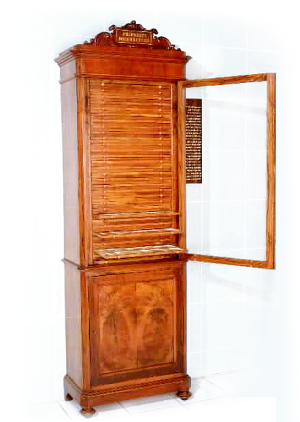
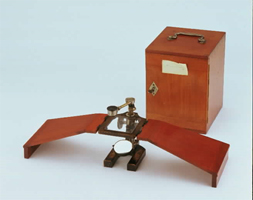
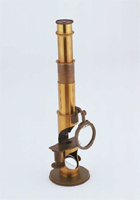 The Laboratory of Anatomy was endowed over time with more and more advanced microscopes that today represent an important part of the content of the same museum, capable of illustrating how the analysis of tissues has been improved over the centuries through more powerful optical equipment and with more accurate preparations.
The Laboratory of Anatomy was endowed over time with more and more advanced microscopes that today represent an important part of the content of the same museum, capable of illustrating how the analysis of tissues has been improved over the centuries through more powerful optical equipment and with more accurate preparations.
Beginning from the microscope observations of Marcello's Malpighi and then especially in the XIX century, the anatomical Sciences made very rapid and important progress of great interest.
The important evolution of anatomical Science is underlined by a series of optical microscopes and nineteenth-century slides, preserved in splendid contemporary histological glass cases. Go to ICCD cards >>